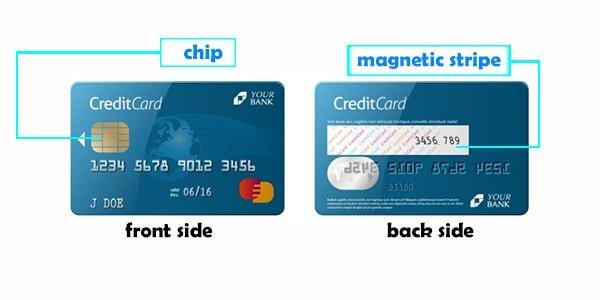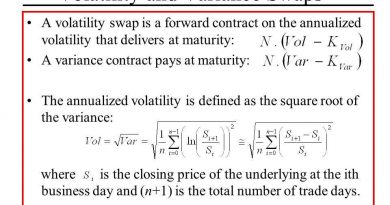Magnetic Stripe Card Definition How It Works vs Chip Card

A magnetic stripe card is a credit or other card that allows electronic transactions or access to a specific area. The embedded "stripe" contains user identification. Magnetic stripe cards include credit and debit cards, driver’s licenses, employee ID cards, hotel room "keys," gift cards, and public transit cards. However, magnetic stripe technology is being phased out in favor of more secure microchip technology. From the user’s perspective, the difference is between a "swipe" and a "dip."
Key Takeaways:
– Magnetic stripe cards have embedded codes that identify the user and supply other information.
– They have made payment transactions faster and easier.
– More secure microchip technology is replacing magnetic stripes, especially in credit and debit cards.
– Magnetic stripes are still used for employee IDs, hotel room keys, and other purposes.
Magnetic stripe cards are typically made of plastic or durable paper, about 2 inches by 3 inches in size. The back of the card has a stripe made of iron particles in plastic film, containing the embedded data. When the card is swiped through an electronic reader, such as a sales terminal, the reader decodes the data and approves or rejects the card.
A credit card’s magnetic stripe has three horizontally stacked tracks, each holding different data. These tracks contain the cardholder’s name and account number, expiration date, service code, and card verification code. Credit cards primarily use the first two tracks, while the third track may have additional information like a country code or currency code. Dirty, scratched, or demagnetized stripes may cause the card to malfunction.
Magnetic stripe cards have been targeted for fraud, mainly through skimming. Criminals attach skimmers to card readers at gas pumps or ATMs, collecting information from the stripe. This enables them to create duplicate cards and make unauthorized charges or withdrawals. Skimming costs financial institutions and consumers over $1 billion annually.
To address security issues, credit and debit cards now have tiny microchips called EMV chips embedded in them. These chips contain the same information as magnetic stripes but are more secure. EMV cards use unique, encrypted digital signatures that change with each transaction, preventing thieves from reusing the information. Online transactions require cardholders to enter a CVV (card verification value) or CID (card identification) code, adding further security.
Magnetic stripes have not disappeared entirely from payment cards. Many cards have both a stripe on the back and a chip on the front, enabling users to swipe or dip their cards. However, some merchants, particularly in the U.S., have been reluctant to replace their old card readers with chip-enabled ones due to the associated costs.
The concept of using magnetic stripes to store data originated in the 1920s. The first magnetic stripe card was introduced in the 1960s by IBM engineer Forrest Parry. Credit cards with magnetic stripes were first offered by American Express in 1970 and became popular among other issuers over the next decade.
Although magnetic stripe credit and debit cards may remain in use for the rest of this decade, their days are numbered. Mastercard, for example, plans to issue no new cards with magnetic stripes by 2029, with the exception of prepaid cards in the U.S. and Canada.
In summary, magnetic stripes have facilitated faster and easier credit and debit card transactions but are being replaced by more secure technologies. However, magnetic stripes may continue to be used on other types of cards for the foreseeable future.



